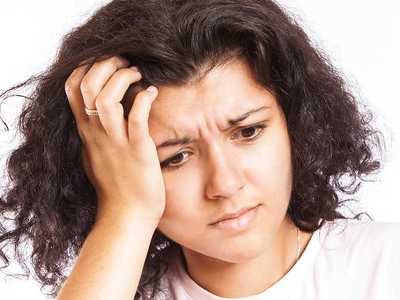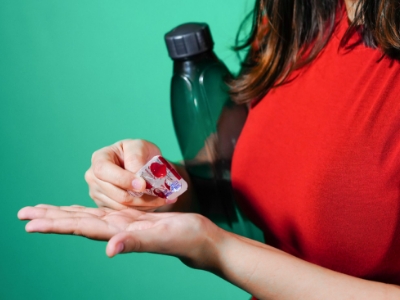Bipolar 2 Disorder: Symptoms, Difference Between Bipolar 1 Disorder and Treatment

Bipolar 2 disorder is a form of mental illness that is similar to bipolar I disorder, with moods cycling between high and low over time. However, in this condition, the up moods never reach full-blown mania. The less-intense elevated moods in this disorder are called hypomanic episodes, or hypomania.

Signs and Symptoms of Bipolar 2 Disorder
- Flying quickly from one idea to the next
- Hypersexuality
- Inflated self-image
- Making and pursuing grandiose, unrealistic plans
- Increased energy and hyperactivity
- Decreased need for sleep
- Substance abuse
- Excessive spending
- Rapid, uninterruptable, and or loud speech
Most people with bipolar 2 disorder have also experienced periods of depression which may include:
- Depressed mood
- Feelings of persistent sadness
- Feelings of guilt or worthlessness
- Loss of interest or pleasure in activities
- Low energy and activity
Bipolar 1 Disorder Vs Bipolar 2 Disorder
Bipolar I disorder requires symptoms to meet the full criteria for what is known as a manic episode. The diagnosis of Bipolar I is not dependent on depression, but many people with the diagnosis experience both types of mood episodes. At least three of the following symptoms can determine the diagnosis:
- Increased talkativeness
- Increased self-esteem or grandiosity
- Decreased need for sleep
- Increase in goal-direct activity, energy level, or irritability
- Racing thoughts
- Poor attention
Mania is more extreme than a sudden burst in energy, motivation, or a happy mood. It often causes problems at work, school, and in relationships, and in some cases it may require hospitalization. A manic episode is also just as frequently characterized by an irritable mood as an elevated one for people with Bipolar I.
For bipolar 2 disorder, on the other hand, a person has to have experienced a depressive episode and a less severe form of mania which is known as hypomania. Mania occurs when an individual displays manic symptoms but is able to carry on with day-to-day responsibilities. In fact, job performance or other goal-directed activities may even improve. To meet the diagnosis of a depressive episode, a person must experience 5 or more of the following symptoms:
- Sleep and eating changes
- Lack of energy or fatigue
- Restlessness or slowing down
- Indecision or difficulty concentrating
- Loss of pleasure in activities once enjoyed
- Feelings of worthlessness or guilt
- Depressed mood
- Suicidal thoughts
Many people with bipolar 2 disorder are diagnosed with depression because they fail to report the elevated mood symptoms of hypomania to their doctor. Furthermore, people with bipolar 2 disorder are more likely to suffer from substance abuse and eating disorders, as well as have a family member suffering from a mental illness.
Treatment and Management of Bipolar 2 Disorder

The types and doses of medications prescribed are based on your particular symptoms of bipolar 2 disorder. Whether you have bipolar I or II, medications may include:
- Mood stabilizers. You will typically need mood-stabilizing medication to control episodes of mania or hypomania, which is a less severe form of mania.
- Substance abuse treatment. Drugs and alcohol may seem to ease symptoms, but they can actually worsen depression or mania. If you have a problem with alcohol or other drugs, tell your provider so that both your substance use and bipolar disorder can be treated.
- Treatment programs. Participation in an outpatient treatment program for bipolar disorder can be very beneficial. However, hospitalization is needed if your condition significantly affects your functioning or safety.
- Antipsychotics. Your psychiatric care provider may add an antipsychotic medication alone or along with a mood stabilizer.
- Antidepressants. An antidepressant can sometimes trigger a manic episode, it needs to be prescribed along with a mood stabilizer or antipsychotic in bipolar disorder.
- Psychotherapy. To identify unhealthy, negative beliefs and behaviors and replace them with healthy, positive ones, your psychiatric care provider may recommend cognitive behavioral therapy.
- Self-management strategies. The best way to manage your condition is to live a healthy lifestyle, including getting enough sleep, eating healthy foods, and exercising regularly.
Medication Used for Bipolar 2 Disorder
Chlorpromazine. It is used to address symptoms of mania, psychosis, or agitation and not for long-term bipolar 2 disorder management. It works by helping to restore the balance of certain natural substances in the brain. It can reduce aggressive behavior and the desire to hurt yourself or others.



